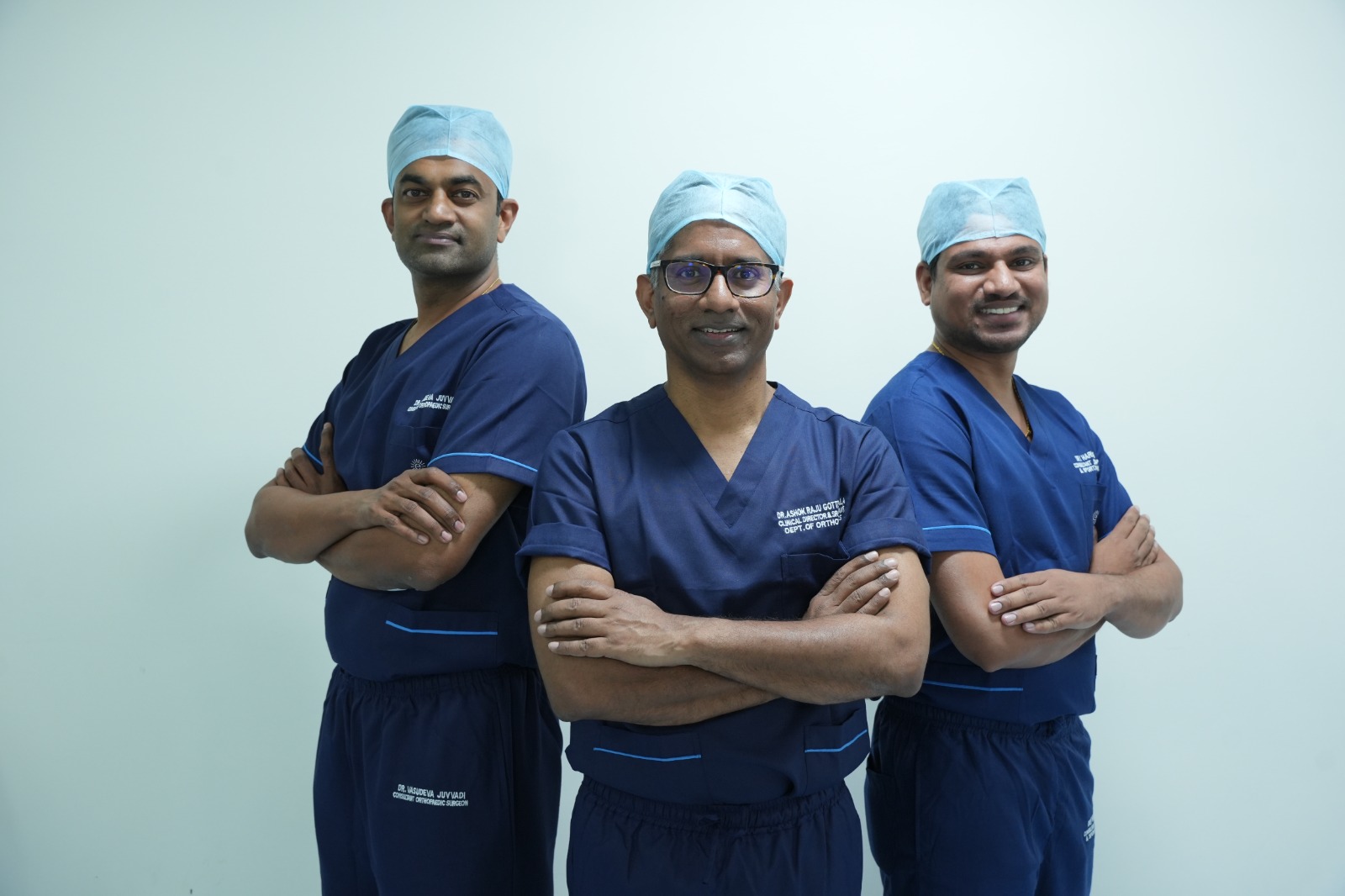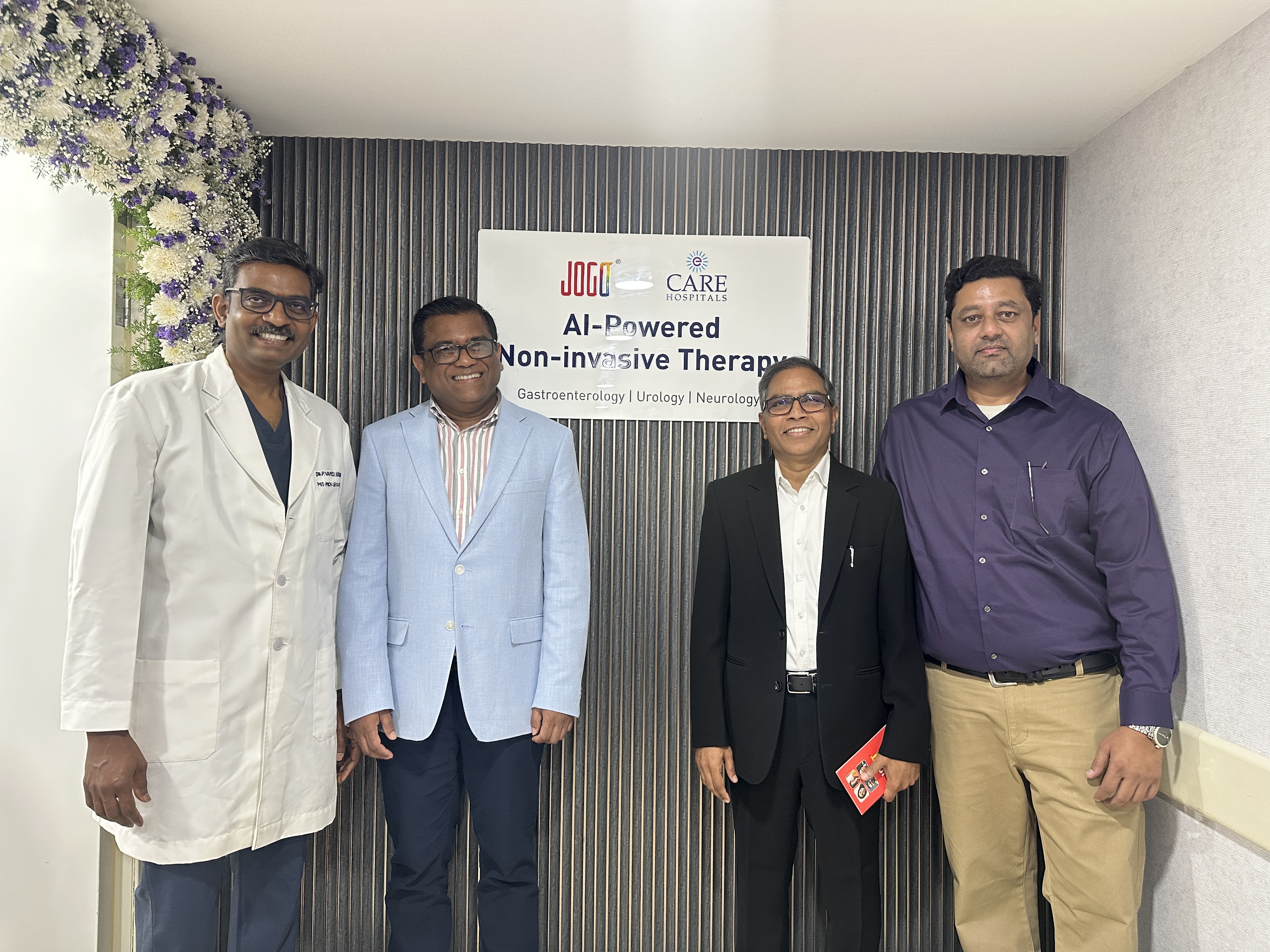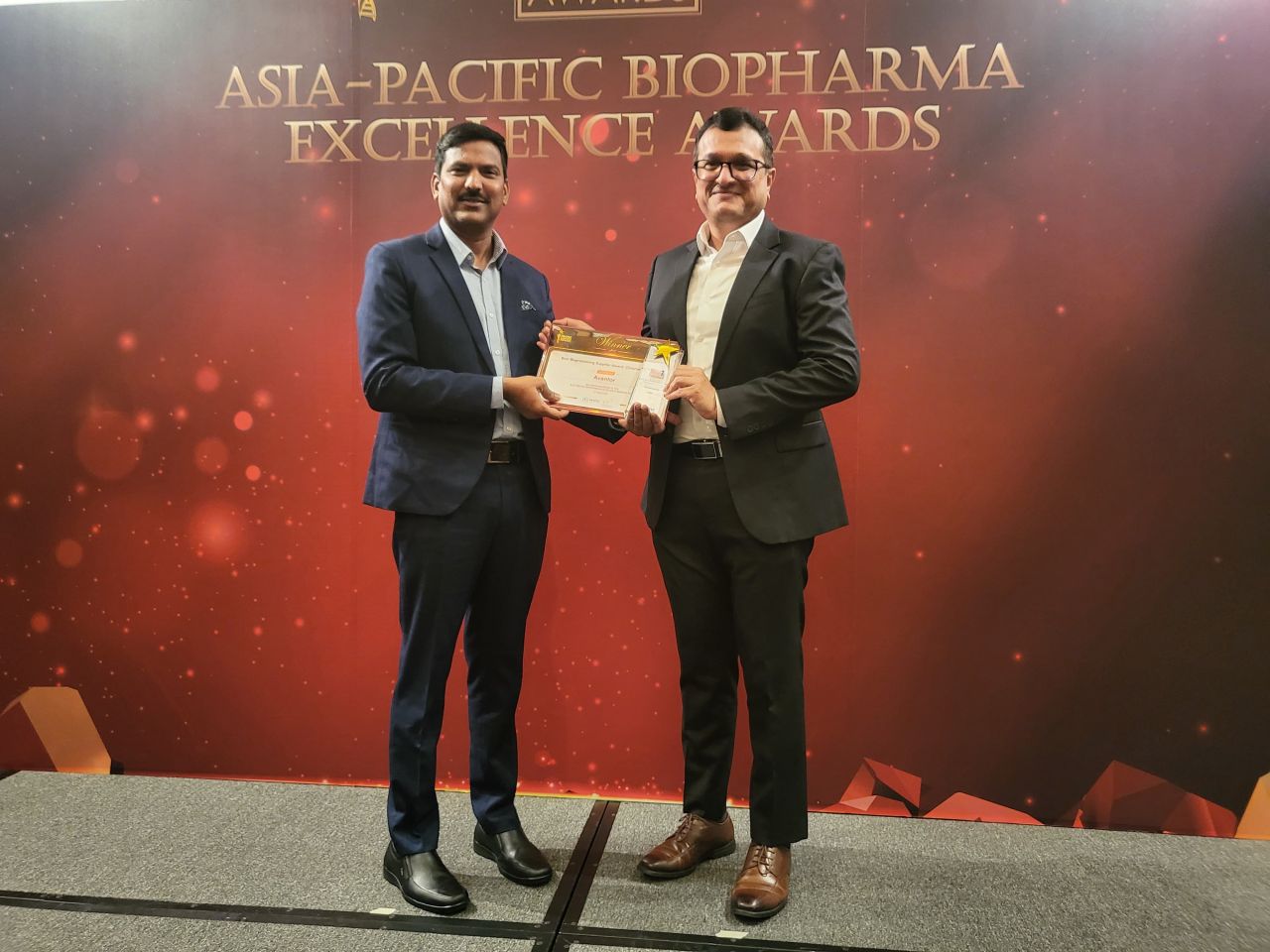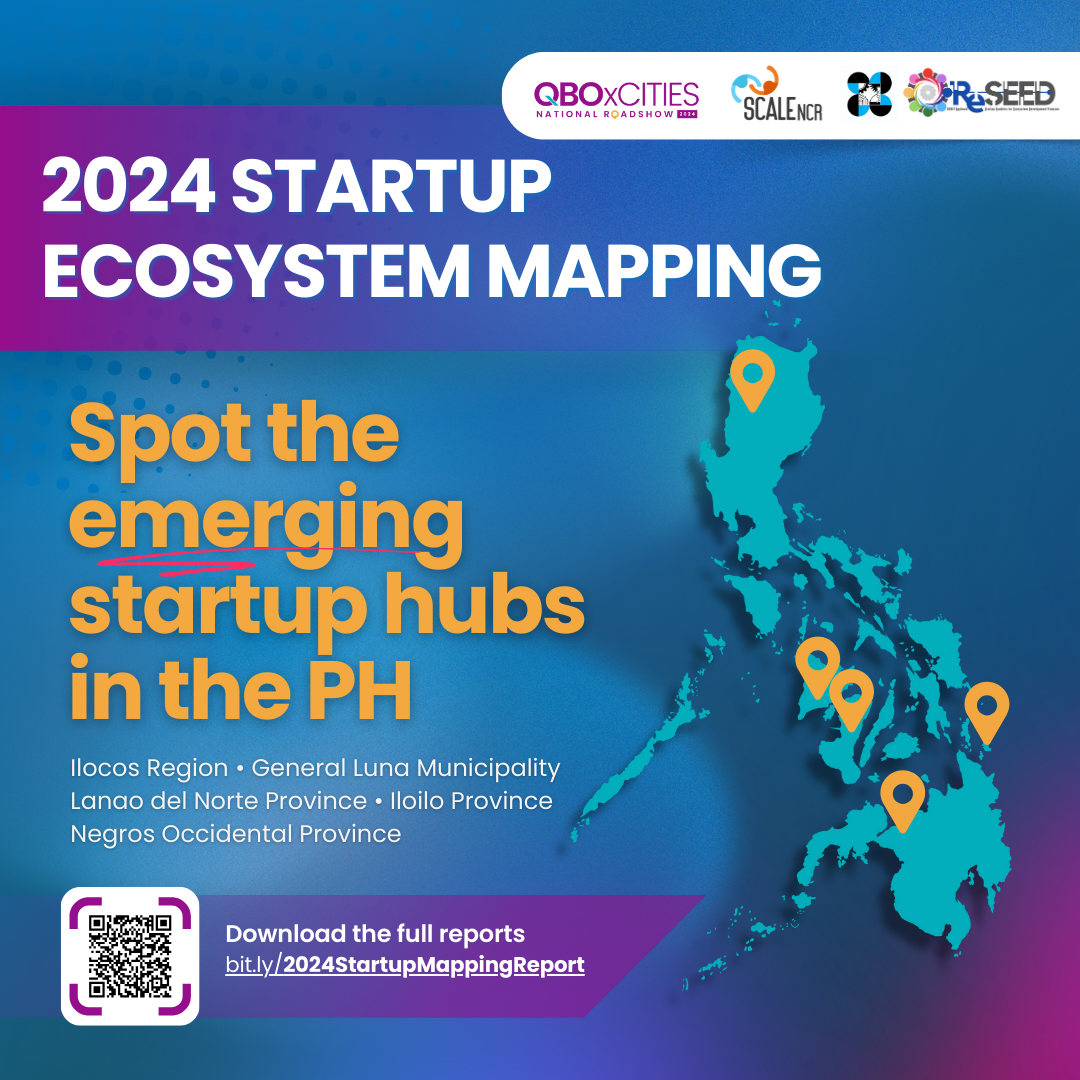India is on the brink of becoming a global pharmaceutical powerhouse, yet regulatory bottlenecks continue to hold back its contract drug manufacturing sector. At a time when international pharmaceutical giants are looking to India to reduce their dependence on China, the country’s Contract Research Development and Manufacturing Organisation (CRDMO) sector faces challenges that could determine its future growth.
The global CRDMO Industry is valued at around $140 billion-$145 billion, and India has the potential to capture a significant share. According to a Boston Consulting Group (BCG) report, India’s CRDMO sector could expand seven-fold, reaching $22 billion-$25 billion by 2035. However, despite this enormous potential, sluggish regulatory approvals, import restrictions, and infrastructure limitations are preventing India from fully capitalizing on this opportunity.
India’s contract drug manufacturers have emerged as strong contenders in the global pharmaceutical supply chain. The pandemic disrupted existing supply networks, pushing global companies to diversify their sources, while geopolitical tensions have made China a less attractive partner. Additionally, U.S. legislation restricting federal contracts with certain Chinese biotech firms has further opened doors for India.
However, despite this shift, Indian CRDMOs are still struggling to compete with their Chinese counterparts. Delays in raw material import approvals and inefficient regulatory processes are increasing project initiation times. While Chinese firms can start projects within three days, Indian manufacturers often require between eight to fifteen days due to bureaucratic hurdles.
Vikash Aggarwala, Managing Director at BCG’s healthcare practice, highlighted these inefficiencies, stating that India’s regulatory policies have not evolved quickly enough to match the industry’s growing needs.
Pharmaceutical industry leaders argue that while India has the talent and infrastructure to dominate the global market, unnecessary delays are preventing this from happening. One major concern is the lack of well-placed customs warehouses and cold storage units, which significantly increase logistics costs and slow down raw material clearance.
Nandini Piramal, Chairperson of Piramal Pharma, pointed out that these logistical inefficiencies add friction to business operations, making India less competitive compared to other manufacturing hubs. Many industry insiders are advocating for a centralized digital clearance system to streamline approvals and improve efficiency.
Syngene’s CEO-designate, Peter Bains, noted that the friction and delays in India’s regulatory framework put the country at a clear disadvantage. Unlike countries with smooth and swift approval processes, India’s slow-moving system creates an unnecessary burden on businesses, making it harder for them to scale operations efficiently.
Can India’s Government Keep Up with Industry Demands?
Despite India’s reputation as a global leader in pharmaceutical manufacturing, its dependence on China for active pharmaceutical ingredients (APIs) and other raw materials is a vulnerability that cannot be ignored. Industry leaders argue that India needs a more business-friendly environment to truly compete on the world stage.
The country has already invested over $2.86 billion in the local biotech industry, showing commitment to its pharmaceutical sector. However, this investment alone is not enough. Industry insiders are urging the government to take further steps, including:
• Faster regulatory approvals to match China’s efficiency
• A centralized, digital single-window clearance system to eliminate bureaucratic delays
• Strategic placement of customs warehouses and cold storage units to reduce logistics costs
• Policy reforms to facilitate seamless import and export of raw materials
Manni Kantipudi, CEO of Aragen Life Sciences, strongly advocates for establishing a CRDMO park that would allow manufacturers to operate without excessive regulatory interference. He envisions a zone where businesses wouldn’t need constant approvals from local drug controllers for operational adjustments, making exports and imports much easier.
India has a unique opportunity to position itself as a global leader in contract drug manufacturing. The demand is there, the workforce is skilled, and global pharmaceutical giants are willing to invest. But without serious regulatory reforms, India risks losing this golden opportunity.
The government needs to act swiftly. By reducing red tape, creating efficient approval systems, and improving infrastructure, India can become the world’s go-to destination for pharmaceutical manufacturing. If not, it may once again find itself playing catch-up while other countries take the lead.
India’s CRDMO sector has the potential to revolutionize the pharmaceutical industry. But will the government step up to unlock its full potential? That remains the billion-dollar question.
Source: The Economic Times

 India’s CRDMO sector has the potential to revolutionize the pharmaceutical industry. But will the government step up to unlock its full potential?
India’s CRDMO sector has the potential to revolutionize the pharmaceutical industry. But will the government step up to unlock its full potential?










.jpeg)

.jpeg)










.jpg)




.jpg)

